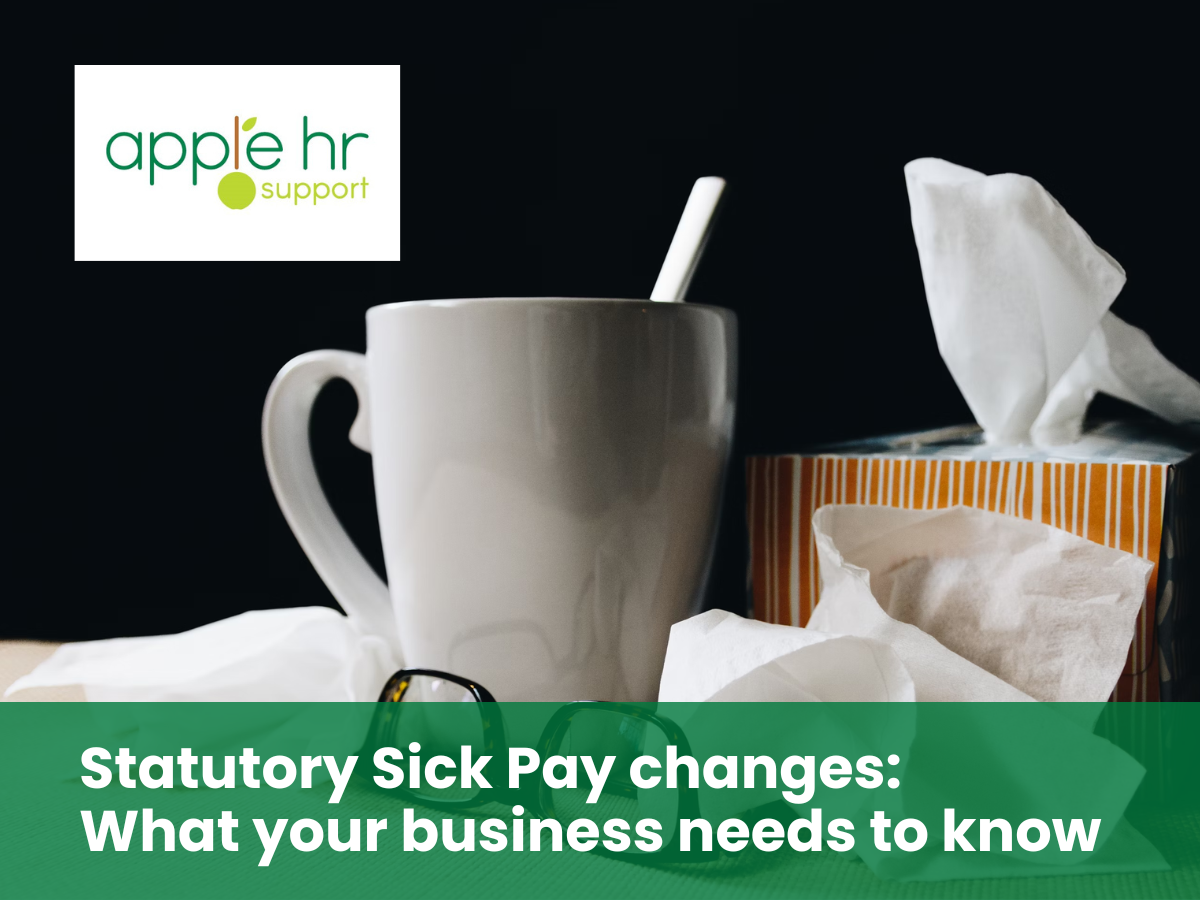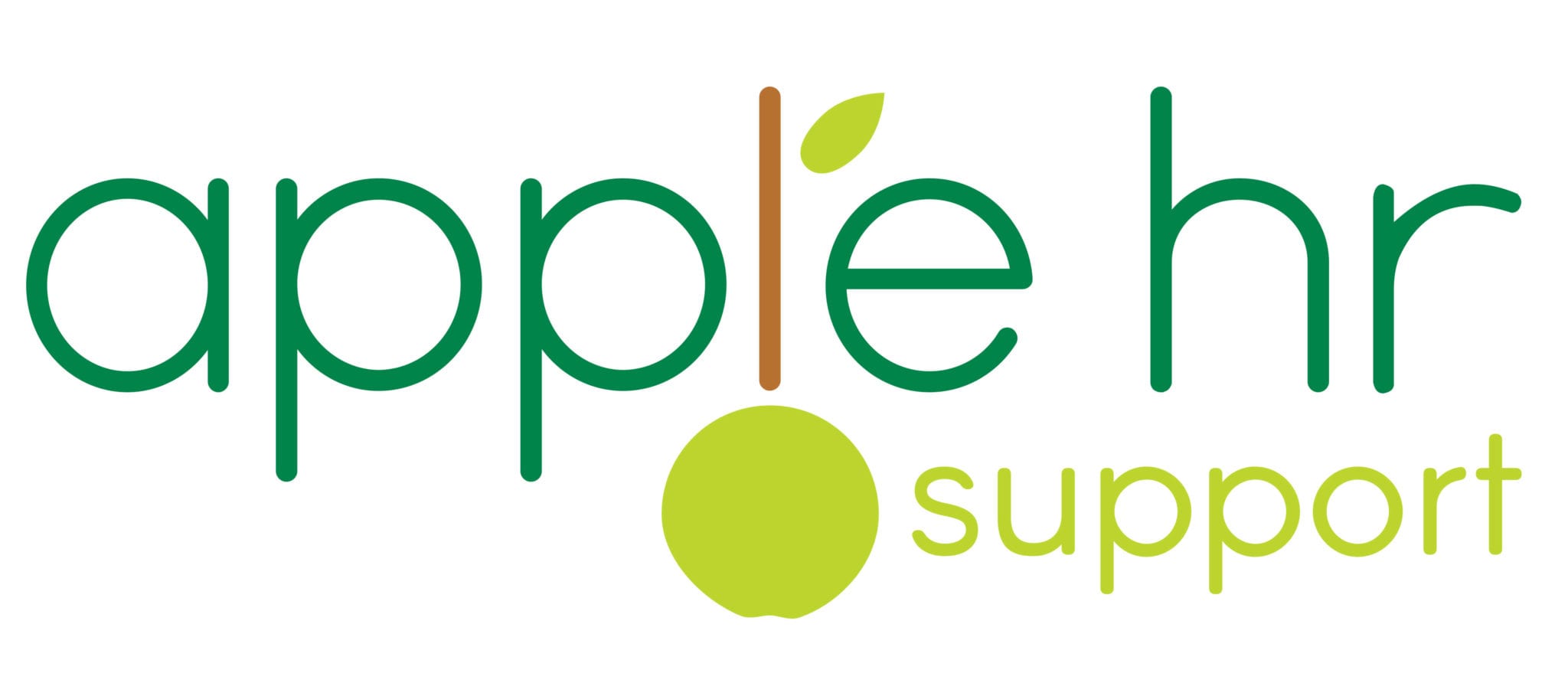
The Employment Rights Bill is expected to introduce changes to Statutory Sick Pay (SSP) in the coming months. As a business owner, understanding these changes now will help you to adapt smoothly when they come into effect.
Let’s look at what’s changing and how you can prepare your business proactively.
The upcoming changes to Statutory Sick Pay
The government’s review of SSP includes several potential modifications:
• Removal of the current 3-day waiting period
• Extension of SSP to workers earning below the lower earnings limit
• Enhanced clarity around employer obligations
These changes aim to provide better support for employees while creating clearer guidelines for employers.
How this might affect your business
These changes will have specific impacts on your day-to-day operations:
• You may need to pay SSP from day one of sickness absence
• More of your workforce could become eligible for SSP
• Your administrative processes might need updating to ensure compliance
The good news is that, with proper planning, these changes can be incorporated into your operations smoothly.
Practical steps to prepare your business
1. Review your current sickness policy
Ensure that it clearly outlines reporting procedures and company support systems. A well-documented policy helps everyone to understand their roles and responsibilities.
2. Consider your absence tracking
Having a simple system to record absences helps to identify genuine patterns and provides valuable data for workforce planning.
3. Implement supportive return-to-work conversations
These discussions can help employees to transition back effectively and identify any reasonable adjustments needed.
4. Update your financial planning
Include potential changes to SSP in your budgeting to avoid surprises when the new regulations take effect.
5. Keep your managers informed
Ensure that they understand the changes and can apply your policies consistently and supportively.
Creating a balanced approach to absence
The most effective businesses approach absence management with balance – supporting employee wellbeing while maintaining operational effectiveness:
• Employees feel genuinely supported during illness
• Clear, fair processes exist for everyone
• Wellbeing initiatives help to prevent avoidable absence
• Open conversations about health are normalised
This approach helps to create a positive culture where absence is managed naturally rather than becoming a point of tension.
Getting ready for the changes
These SSP changes represent an opportunity to review and strengthen your people processes.
Taking measured steps now means that you’ll be well-positioned when the changes come into effect.
If you’d like to discuss how to prepare your business effectively for these changes, we can help you to develop practical, balanced approaches that work for both your business and your people.
